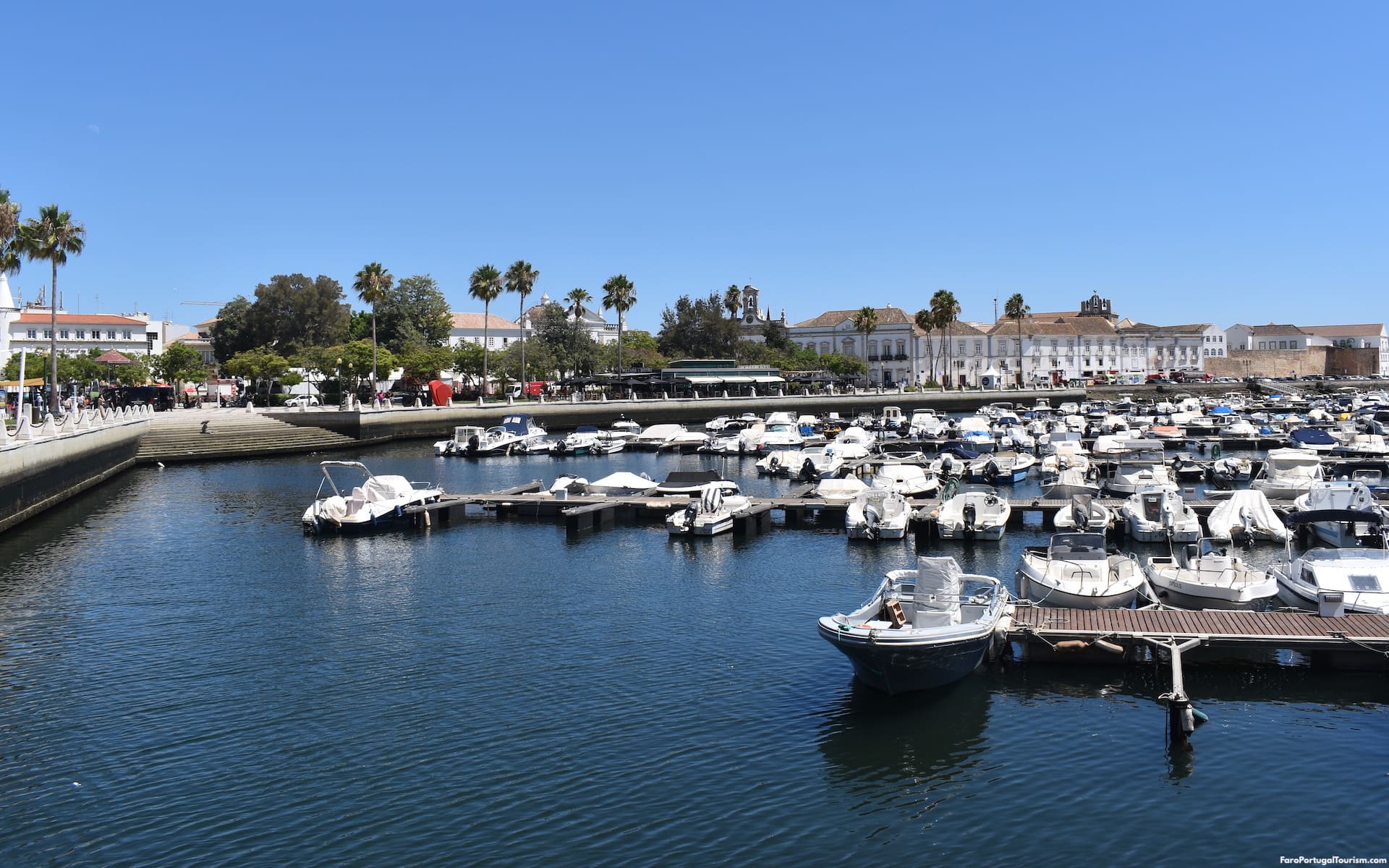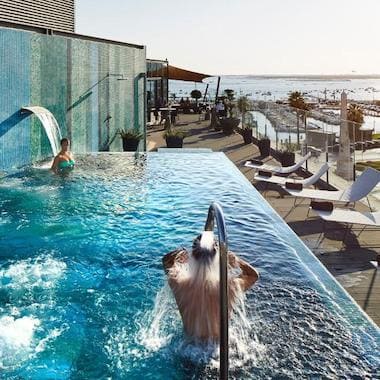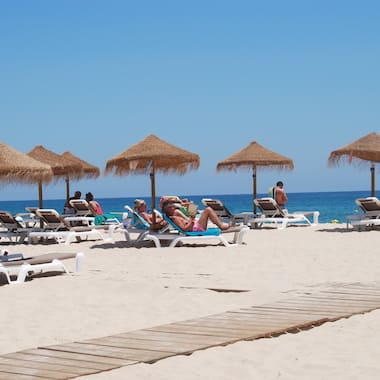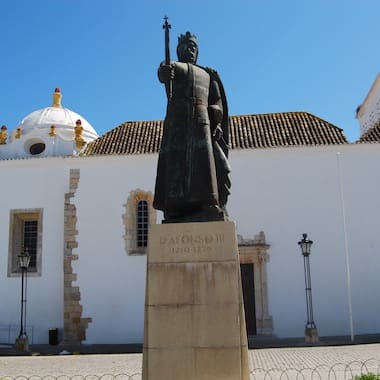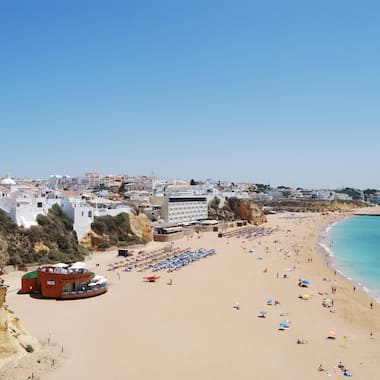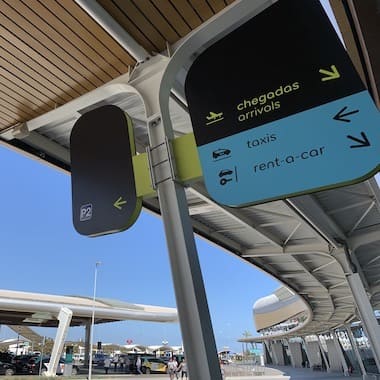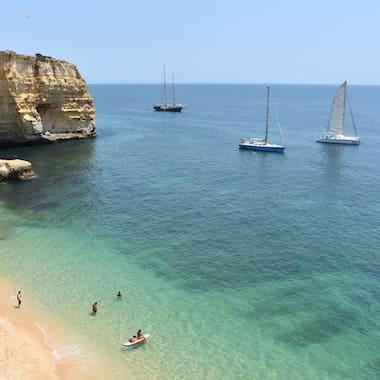When to Visit Faro
Northern Europeans visit Algarve throughout the year, looking for sunnier and warmer days. However, it’s only warm enough for sunbathing at the beach between April and October. It has a wonderful Mediterranean climate, with mild springs and autumns, and warm summers. There are many rainy days between November and March, but this is one of the driest regions in Europe and with the most sunshine hours. The busiest month is August, but Faro is never as crowded as other Algarvian towns. Late June, July and early September are the best times to go.

How Many Days in Faro?
You can see the Old Town and the historic attractions in just one day and should add a second for one of the islands. A third day, for a second island, is ideal. You can also choose to stay in Faro and take day trips to other towns in Algarve.
Where to Go After Faro
If you like historic cities with beaches, head to Tavira to the east. If you prefer resort towns, choose Albufeira to the west. Further west is the stunning coastline of Lagos and Europe’s southwestern tip, Sagres, which was once thought to be “the end of the world.”
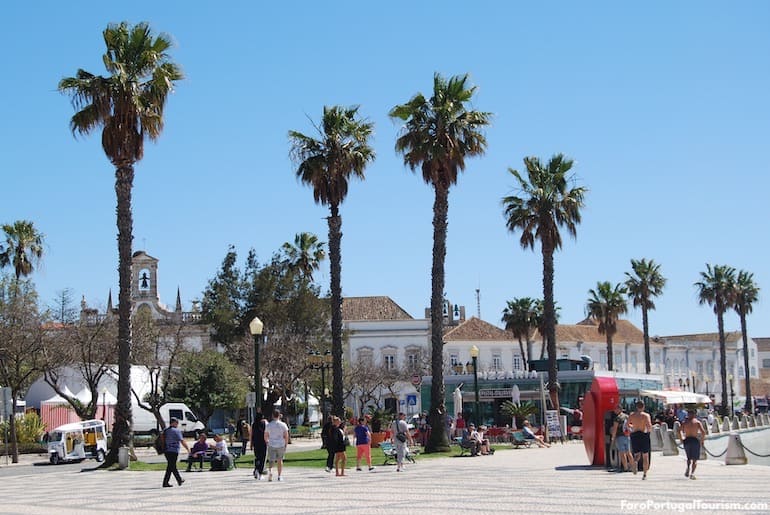
What is Faro?
First settled by the Phoenicians, Faro boomed as the Roman city of Ossonoba, was conquered by the Visigoths in 418 AD, and became a Moorish city in the 8th century. It was made part of the Kingdom of Portugal in 1249, and King Afonso III built a protective wall around it. The entire city was what is now the Old Town, within the preserved walls. Faro was a major cultural center by the 1400s, printing Portugal’s first books. In 1597, the Earl of Essex was heading back to England from Spain, when he stopped in Faro and plundered it. Many of its treasures are now in English museums, libraries (mainly at Oxford University) and palaces. The city recovered, but was almost completely destroyed in an earthquake in 1755. Much of the Old Town survived, but everything else was rebuilt. In 1834, it became the capital of Algarve.
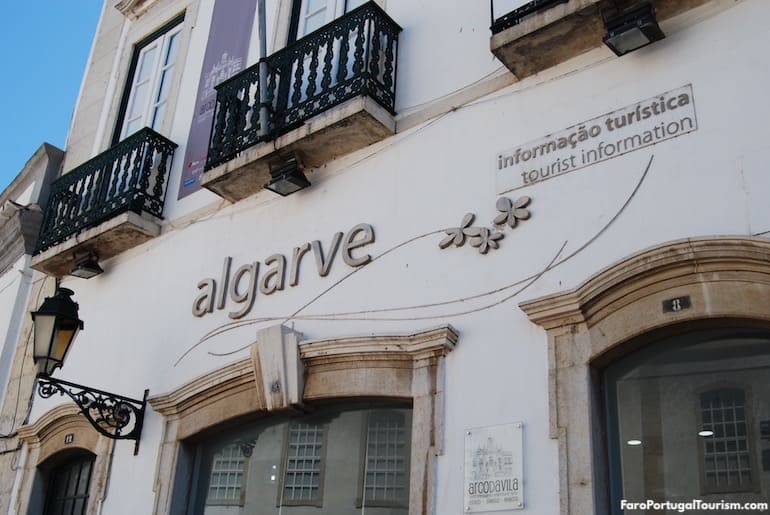
Official Faro Tourism Office
Everything you need to plan your visit to Faro is on this website. It provides complete and entirely independent information from locals and travel experts, not sponsored by or associated with any local institution or organization. However, if you still have any questions when you’re in town, pass by the official tourism office, which is located in the heart of the city, in the arch that opens to the old town. It also provides information on the entire Algarve region, as does the tourism office at the airport.
